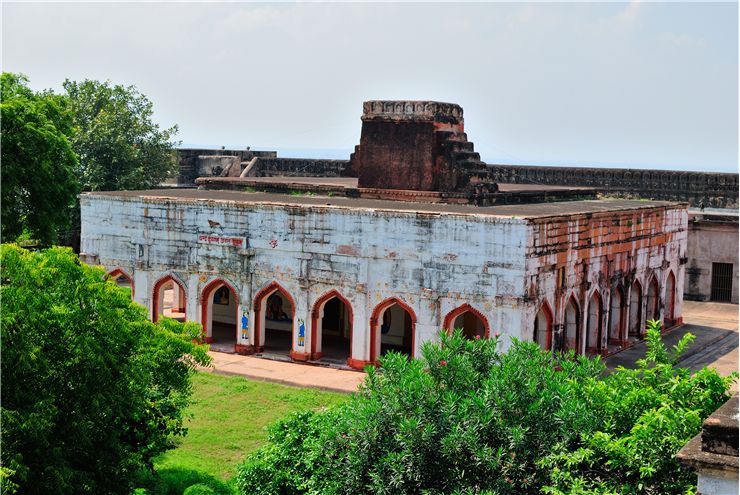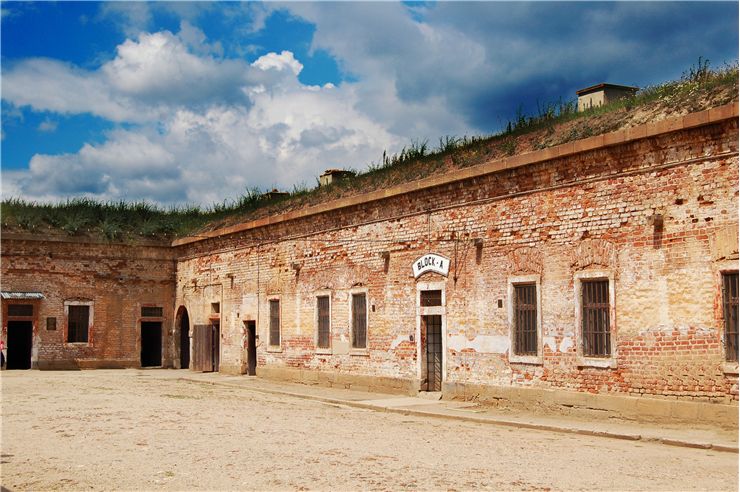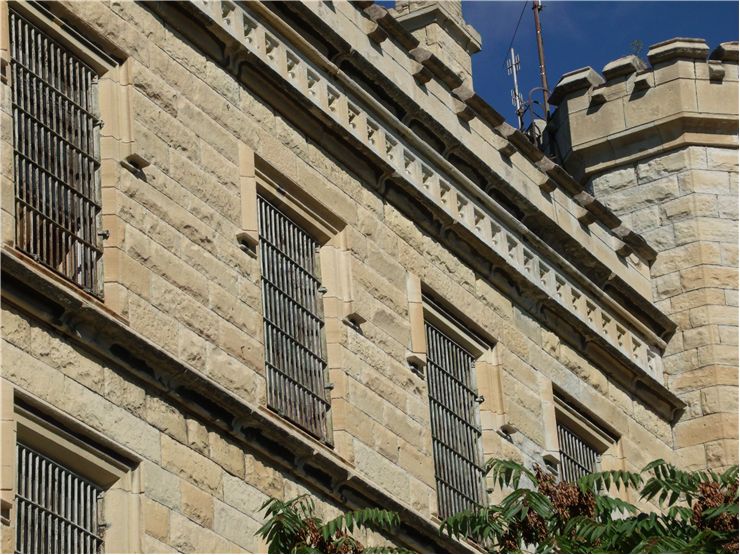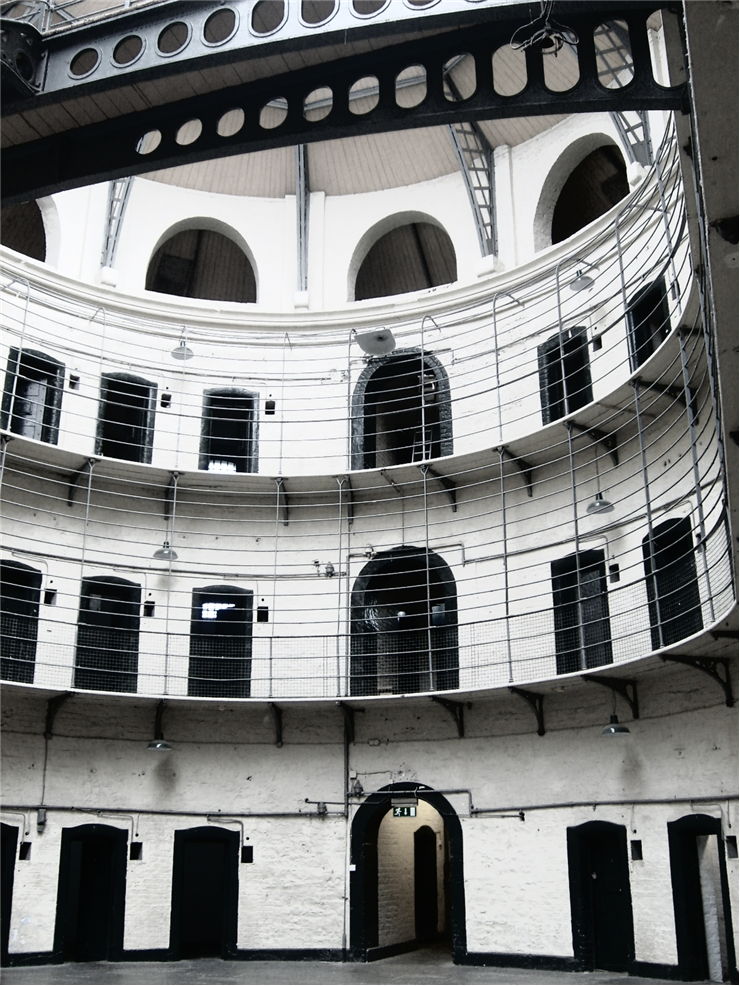Prison Types and Design
- Prison ward that holds majority of inmates (general population), often separated in several sections connected with the heavily secured passageways.
- Isolation cell (segregation unit) for violent, unruly and vulnerable prisoners that needs to be separated from the rest of the prisons population.
- Safe cells in which prisoners are kept under constant visual observation. It's used mostly for suicidal prisoners.
- Protective custody unit that holds prisoners that are considered vulnerable - sex offenders, informants, former police officers or anyone who feels under threat from other prisoners.
- Religious facility that can also provide counseling for groups or indivituals.
- Hospital or healthcare area.
- Education facility or library.
- Death row section which holds prisoners that await their death sentence.
- Visiting area and recreational area.
- Prisons are often surrounded by either natural bariers (water, cliffs, etc) or manmade structures (fencing, walls, observation towers, etc ).
- Design of the prison varies greatly from its security level. England uses four levels of security in their prison system - from "A" (maximum security) to "D" (prison that assumes that prisoners will not escape, or so called "open prison". United States use nine levels of prison security, from the lowest "pre-release" facilities to the "Supermax". Currently US have over 40 active supermax prisons.
- Conventional prisons, intended to hold sentenced criminals and prisoners awaiting death sentence.
- Military prisons, which hold prisoner of war, unlawful combatants, and persons that are deemed to be a national risk. One of the most famous military prisons is Guantanamo Bay which holds persons that are connected to the 9/11 terrorist attacks in New York.
Types of Prisons
- Political prison that hold persons that are considered to be traitors to the nation's political system. Some of the most notable political prisons are various Gulag work camps in the Soviet Russia.
- Psychiatric prisons can be found at some psychiatric hospitals that hold criminally insane patients that suffer from some type of mental disorder.
- Concentration camps have been used during the length of Second World War by the Nazzi regime to contain (and eventually exterminate) unwanted individuals of different race and nationality.
- Ancient prisons, which often used its prisoners as slaves. Sometimes they were sentenced to a life of slavery as a physical workers or galley slaves, and some were given the chance to win their freedom from their slave training camps (Ludus) by competing in arenas like Gladiators.



